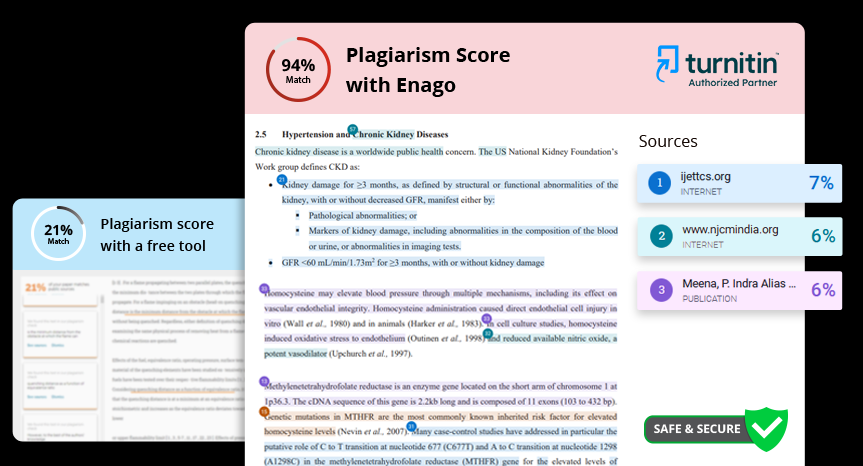In the modern educational landscape, where information is easily accessible with just a few keystrokes, maintaining originality has become a critical challenge. Students, researchers, and professionals alike can quickly gather information from countless sources online. While this has undoubtedly enhanced the quality of research, it has also increased the risk of plagiarism, both intentional and unintentional. To combat this growing issue, plagiarism checkers have emerged as essential tools in safeguarding academic and professional integrity.
What is a Plagiarism Checker?
A plagiarism checker is a digital tool designed to detect instances of copied content within a document. These tools use advanced algorithms to compare the submitted text against a vast database of books, journals, websites, and other published material. The primary function of plagiarism checkers is to identify text that closely matches or replicates previously published work, enabling users to ensure their writing is original or appropriately cited.How Plagiarism Checkers Work
Plagiarism detection software uses a combination of pattern recognition, keyword matching, and machine learning techniques to scan a document. Here's a step-by-step breakdown of how these tools typically operate:- Text Submission: The user submits the text or document they want to check. This could be a research paper, an essay, or any form of written content.
- Text Analysis: The plagiarism checker breaks down the text into smaller components, such as phrases and sentences, and searches for similarities in external sources. This is done by comparing the submitted content to a vast repository of indexed content from academic journals, books, websites, and other databases.
- Comparison and Matching: The tool identifies portions of the text that match or closely resemble content from the database. Some advanced tools also check for paraphrased content where the wording has changed, but the underlying idea remains the same.
- Report Generation: Once the comparison is complete, the software generates a report highlighting any similarities found. This report often includes the percentage of the text that matches other sources, links to the matched content, and suggestions for improvement.
Types of Plagiarism Checkers
There are various types of plagiarism checkers available today, catering to different user needs:- Free vs. Paid Tools: Free plagiarism checkers, like Grammarly's plagiarism feature or Small SEO Tools, offer basic functionalities, typically with a limited number of scans per day or access to fewer sources. Paid tools, like Turnitin or Copyscape, offer more comprehensive features, including deeper database access, customizable reports, and better accuracy.
- Academic vs. Professional: Tools like Turnitin and Unicheck are tailored for educational institutions, allowing students and educators to ensure academic integrity. On the other hand, tools like Copyscape are more suited for professionals like content creators, editors, and bloggers.
Benefits of Using Plagiarism Checkers
- Ensuring Originality: The primary advantage of plagiarism checkers is ensuring that the work is original. This is particularly important in academic settings, where originality is paramount to maintaining academic standards.
- Saving Time and Effort: Checking for plagiarism manually is time-consuming. These tools provide instant results, saving users time and effort.
- Promoting Ethical Writing: By using plagiarism checkers, students and writers become more aware of the importance of proper citations and the ethical implications of their work. This fosters a culture of originality and respect for intellectual property.
- Avoiding Legal Repercussions: In professional settings, unintentional plagiarism can lead to legal issues or tarnished reputations. Plagiarism checkers act as a safeguard, ensuring that content meets ethical standards.
Limitations and Challenges
While plagiarism checkers are incredibly useful, they are not foolproof:- False Positives: Sometimes, plagiarism checkers can flag common phrases or technical terms as plagiarized. This can lead to an overestimation of the level of duplication.
- Database Limitations: No plagiarism checker has access to the entirety of the internet or every published work. This means that certain sources might not be included in the comparison, potentially allowing some instances of plagiarism to slip through.
- Cost: While there are free options, many high-quality plagiarism checkers come with a subscription fee, which can be a deterrent for students or freelancers with limited budgets.
Best Practices for Using Plagiarism Checkers
To get the most out of a plagiarism checker, users should adopt a few best practices:- Check Multiple Drafts: Running the plagiarism checker on multiple drafts throughout the writing process ensures that even unintentional plagiarism is caught early.
- Learn to Interpret Reports: The report generated by a plagiarism checker can be comprehensive, but it’s essential to understand the results. Not all flagged content is necessarily plagiarized. Common phrases or properly cited sources may be highlighted and should be reviewed carefully.
- Always Cite Sources: While plagiarism checkers help identify duplicate content, it’s the writer’s responsibility to correctly cite all sources. Proper citations not only avoid plagiarism but also add credibility to the work.
